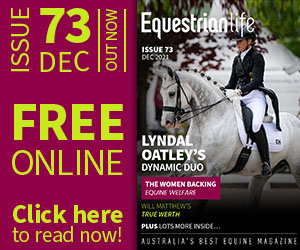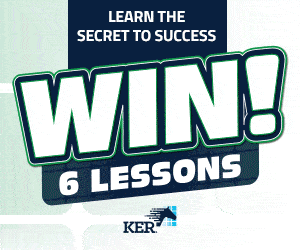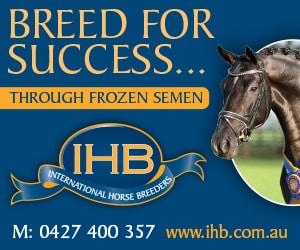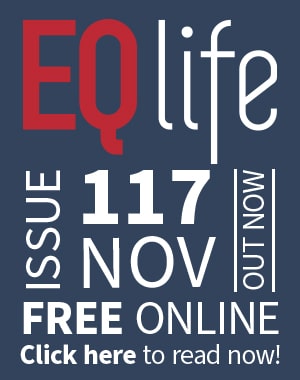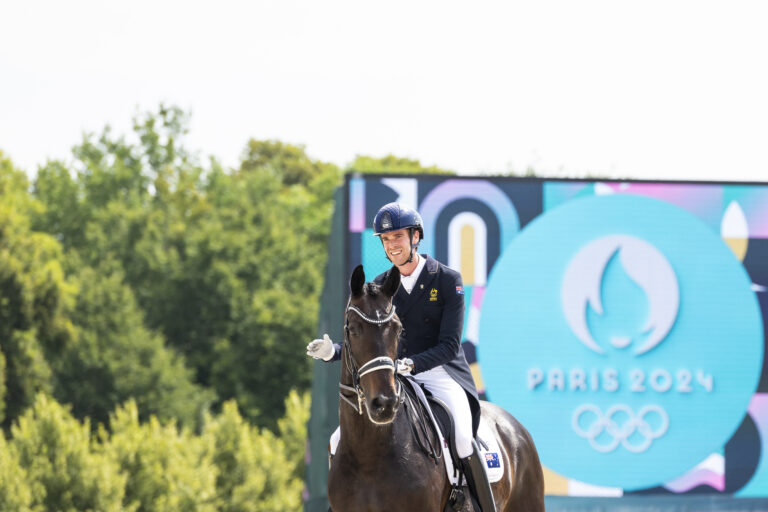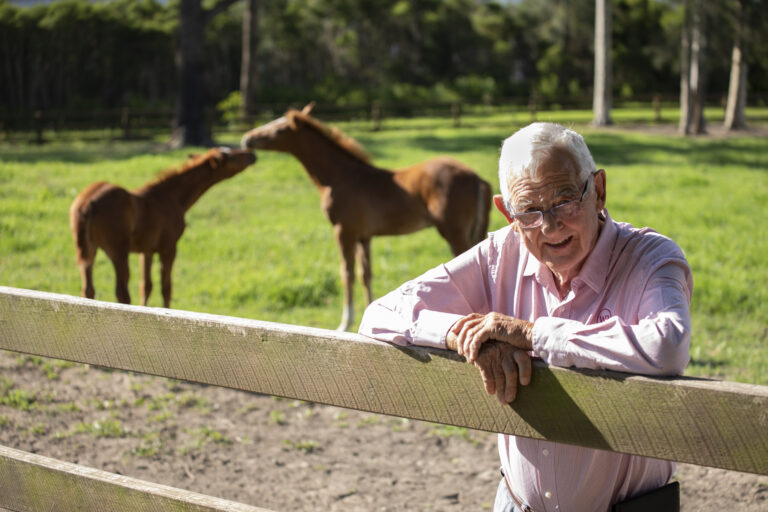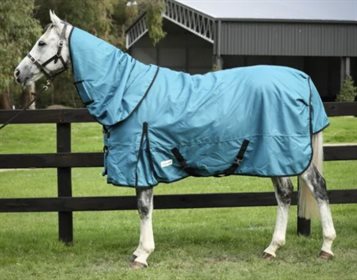This article first appeared in a previous edition of Equestrian Life magazine. To see what is in our latest digital issue, please click here.
Horse and rider in a Young Horse class, looking interested and focussed.
© Roger Fitzhardinge
Dressage Young Horse classes are fast becoming popular in Australia because they are exciting competitions where young horses show off their training, their talent and potential without fear. Judging them is just as much fun.
BY ROGER FITZHARDINGE
YOUNG HORSE CLASSES are an opportunity to see a horse with potential show their paces, style, character and training without the demands and stress of being marked on every single movement and transition, flexion or bend, and every step and frame in every single movement. Of course, impeccable training is a huge benefit to the overall marks, but small mistakes are not severely penalised.
Judging is more an overall opinion from simply watching the horses flow through a test without having to mark every step in every movement. It’s an overall impression mark for each pace.
The judges sit together and discuss their marks during the tests. The tests vary in difficulty and are structured on the training scale which benchmarks the expected development of the dressage horse at each age level. The four-year-old is basic walk, trot and canter (prelim/novice level); the five-year-old includes rein-back, counter-canter and simple changes and leg-yielding in trot (small elementary level). The six-year-old group includes extended trot and half-pass and shoulder-in trot, as well as single flying changes and rein-back with medium and extended canter and medium and extended walk. In all groups there is a movement dedicated to long-rein trot where the neck is free, and that the trot is balanced and the tempo and rhythm are not contrived.
Judges at the final of the Young Horse Championships, DJWTS.
© Roger Fitzhardinge
The training scale is the basis for all the schooling of the horses and the exercises at each level are what are expected for each age group. Also, the predicted degree of collection, engagement and elevation that suits the strength for the age group is important in assessing a young horse’s ability to get to Grand Prix. The ones with natural talent to collect and that show carrying capacity will score favourably, but only in association with the paces and submission and general impression mark.
Diamantina was a young horse winner before going on to great things at international Grand Prix level.
© Roger Fitzhardinge
To understand about winning a young horse class, you need to look at the judging sheet, remembering that in each section (of which there are only five) the mark is out of 10, with judges able to use decimals between whole marks. (i.e. 8.1, 8.2, 8.3 and so on). These are the five sections:
WALK — mark out of 10; TROT — mark out of 10; CANTER — mark out of 10; SUBMISSIVENESS — mark out of 10; GENERAL IMPRESSION — mark out of 10.
That is it, unlike in a dressage test where there may be 30 separate marks with coefficient marks on movements like the walk! It’s pretty obvious a successful young dressage horse needs to be absolutely proficient in all areas. If a horse has an outstanding canter and a poor walk, it will be difficult to win. Remember, there are only five marks given! The best-looking and uphill dressage type that has run-of-the-mill paces also won’t mark so well. If he has three brilliantly extravagant paces but isn’t good in the contact and lacks submissiveness, he will not mark well. The art of winning a young horse class is to have your horse well trained and on the aids, as this enhances every one of the five sections. You need a horse that has three good, naturally fluent and expressive paces as well as a certain eye appeal that shows balance and expression appropriate for its age. The type is quite specific. It’s not to say that the winning young horses will not make top dressage horses… they do, as this is the intention, but some outstanding Grand Prix horses would never have won young horse classes.
There is a slightly different slant when judging a young dressage horse compared to a straight dressage competition. It is to do with the type, being of outstanding and correct conformation and stature, and the way they are prepared and shown. The dressage training is the same but how they are shown and presented within the arena is slightly different. It could be likened to the showing class of the dressage horse world. Of course, correct training is of the utmost importance. And there should be no bias towards the breed or colour, it’s about ticking the boxes that fulfill the requirements to be a good dressage horse, externally and internally!
The champion young horses are always exceedingly well prepared and well covered and in fabulous coat. They are in good shape with a well-defined and balanced topline. Presentation is of the highest importance as it enhances impression and appeal. This could include plaiting to improve the neck shape and a plaited or pulled tail or b rush marks that compliment the rump and give a feel of the horse lowering the hind end. The gear should be well-fitted gear and not show to the judges probable difficulties (very thin bits, bits that are out of the ordinary, super-padded and tight nosebands, low-dropped nosebands that are tight… gear should be normal and show that the horse is uncomplicated). And of course, the rider must be in well-attired apparel that is smart and clean. The overall picture is of paramount importance and should never be garish.
The crowd all enjoy the judge’s live feed back; it’s a great show for the public, breeders and owners.
© Roger Fitzhardinge
The way they go in the arena is perhaps a little more forward and flamboyant, but it must look easy and comfortable with the rider interfering as little as possible. It is a class that begs for that crowd appeal, that X factor that oozes athleticism and control and a feeling of natural ability and ease. A brilliant horse that is exciting for its future towards Grand Prix. A good young horse must have eye appeal, be well trained and well balanced and be an athlete. Above all, it must show good trainability — not in a dull way but bright and attentive — and possess three clear, ground-covering paces.
To be a young horse judge requires extra training on top of a dressage judge’s accreditation. It needs a quick and well-trained eye and an ability to verbalise and be specific, as there are always two, sometimes three, judges who sit together and discuss each horse. Also, in the first rounds, there are two or three horses in single file doing the test at the same time, so it’s important the judges are astute and confident with a clear idea of the essentials in each pace and mark. They also need to be flexible in their feelings towards a mark and put a positive perspective on their feelings about the worthiness of marks. Like in any sport where the marks are subjective there is always going to be a certain slant where a judge weights their opinion, but a good judge looks at the overall picture and doesn’t get stuck on the finer points.
In brief
Remember that the degree of collection, and therefore the height and compression of the frame and the paces, depends on the age group. The older the group the greater the weight should be on the hindleg (collection) with a greater uphill look and freedom of the shoulders and balance and adjustability.
Walk
The walk must be four-beat at all times. There must be a clear overtrack, and when the walk steps are shortened then so must the overtrack be decreased and the topline more collected. The walk should show freedom; loose and elastic yet definite steps still with control through the entire body and neck. The contact must be steady and smooth and the neck should follow the movement and not be tight or holding.
The Trot
The pace that everyone dwells on holds the same marks as the other two paces. To get big marks in the trot, the horse must be totally metronomic in absolute two-beat rhythm. There should be a good overtrack in the lengthening of the paces, and the frame should show a steady contact with the poll being the highest point — except in the trot-stretching circle where the poll may come lower than the withers. The judges want to see a really open and reaching neck on an elongated, relaxed body. The trot steps must be regular, not quick or unbalanced, to show it is being produced through the horse’s natural expression, not manufactured cadence. It must be enthusiastic and animated with a good degree of reach with the front legs and an active and pushing hindleg. The trot should be comfortable for the rider at all times, and with a swinging back and always willing in the contact and through the body to be adjustable without causing tension or irregular steps. The trot isn’t about wildly crazy legs flinging, it’s about control, balance elasticity and regularity combined with expression.
Trot halfpass with the six year old. Uphill and balanced.
© Roger Fitzhardinge
The Canter
It is important that the canter is judged on both reins and that it is absolutely in a clear three-beat rhythm, especially when collected or extended. The contact should be friendly and not confronting, with the horse’s forehand and front legs expressive and ground-covering with a feeling that the hindleg comes under the body. The canter must be balanced and not to be seen to be held up by the rider. It should be with a good arched neck, again with the poll the highest point, but not to the detriment of the back which should be rounded, not hollow or upside down. The canter should swing and give the rider a very comfortable feeling with good ground-covering and easy-flowing strides. In the six-year-old class the flying changes should be balanced, clean and confident. The transitions within the paces should be fluent with a very elastic contact that is even and steady to the rider’s hands. The expansion of the paces, and the sitting and degree of collection, should be seen in all age groups, but more so in the six-year-olds. All the same, this ability to sit and use the hindleg in a carrying as well as a pushing way should be evident in all ages. This is what gains the bigger marks. It may be natural but must be improved upon through systematic training following the training scale to encourage the horse’s balance to come more over the hindleg so as to free the forehand and make the horse better balanced, expressive and confident.
Submissiveness
This includes suppleness, straightness, and obedience, and takes in the feeling of the carrying capacity and the ease with which the movements demanded are performed. Submission is about willingness, motivation, readiness and compliance to do the work required of a dressage horse with a joyful demeanor. Submissiveness describes an attitude of giving mind and body to the dressage performance. It is a mark that will be enhanced if the horse is conformed and moves in such a natural way that he finds the work easy. Of course, the training, confidence and rapport between horse and rider are all part and parcel of this mark.
General Impression
This is a heartfelt mark that captures all the previous marks; it is a subjective mark given from the soul, a mark that comes with seeing talent and correct training. It is the educated judge’s eye that sees a future for the combination. It includes correct training that exudes confidence and harmony, but is, above all, is a mark that says this is a wonderfully potentialled dressage horse that with the right training could go to the top of the sport. Of course, sometimes it’s a cruel mark because either the horse by nature may not be suited to dressage or the training hasn’t brought the talent to the fore.
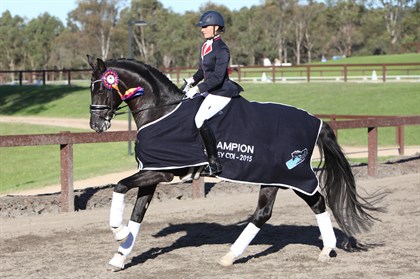
The champion young horse.
© Roger Fitzhardinge
Young horse classes are a great way to gain experience for potential dressage horses to gain an insight into how to fulfill their promise. They help riders be forward and confident in their riding and to be a little extroverted in how they show their mounts. After all, the sport needs expressive, controlled and correct riding with riders more positive and forward in their approach to a formal dressage test. The young horse tests allow onward and unconstrained riding and let them show off their partner’s natural and uninhibited way of going that always relates to the training scale.
READ THE LATEST NEWS ARTICLES HERE
